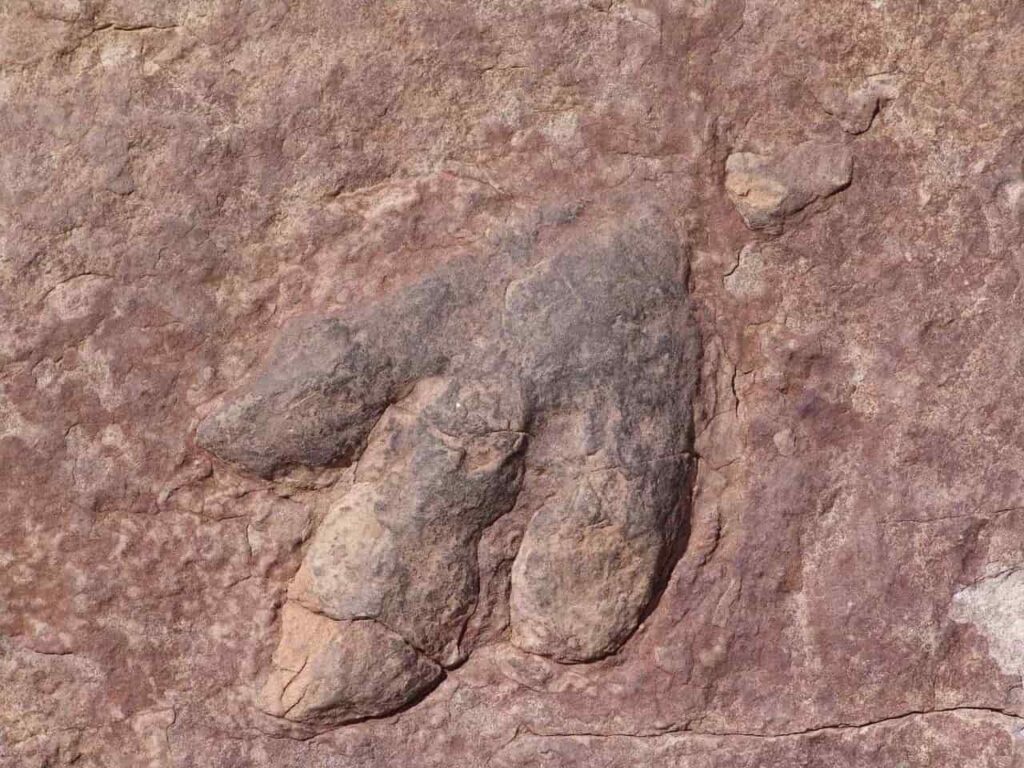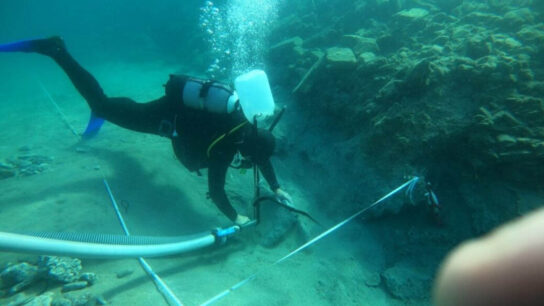Footprints Of Last Dinosaurs To Walk On UK Soil 110 Million Years Ago Found
In the realm of paleontology, there’s some exciting news! At least six different dinosaur species’ footprints have been unearthed – the very last dinosaurs to walk on UK land 110 million years ago!
These footprints have been discovered in Folkestone, a port town on the English Channel, in Kent, south-east England, reports PTI.
“This is the first time dinosaur footprints have been found in strata known as the ‘Folkestone Formation” and it’s quite an extraordinary discovery because these dinosaurs would have been the last to roam in this country before becoming extinct,’ said David Martill, Professor of Palaeobiology, at the University of Portsmouth.

“They were walking around close to where the White Cliffs of Dover are now – next time you’re on a ferry and you see those magnificent cliffs just imagine that,” he said.
The study titled ‘The youngest dinosaur footprints from England and their palaeoenvironmental implications’ has been published in the journal ‘Proceedings of the Geologists’ Association” this week.
In fact, some of these unique footprints are also on display at the Folkestone Museum.
According to the study, these newly discovered dinosaur footprints can be referred to as theropod, ornithopod and possibly ankylosaur dinosaurs.

These dinosaur footprints were discovered by researchers in the cliffs and on the foreshore in Folkestone.
The town suffers from stormy conditions that affect the cliff and coastal waters. This is why it’s constantly revealing new fossils.
According to Philip Hadland, Collections and Engagement Curator, at the Hastings Museum and Art Gallery and the lead author on the paper, “Back in 2011, I came across unusual impressions in the rock formation at Folkestone. They seemed to be repeating and all I could think was they might be footprints”.
He further added, “This was at odds with what most geologists say about the rocks here, but I went looking for more footprints and as the tides revealed more by erosion, I found even better ones.
More work was needed to convince the scientific community of their validity, so I teamed up with experts at the University of Portsmouth to verify what I’d found.”




